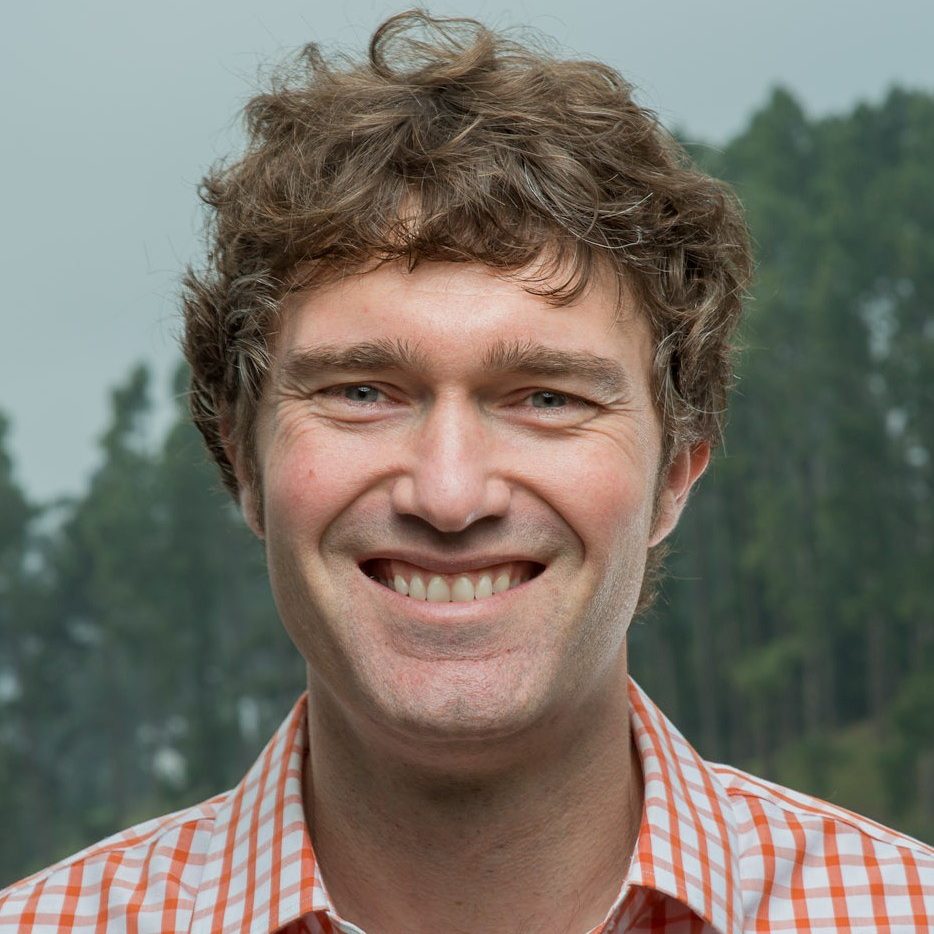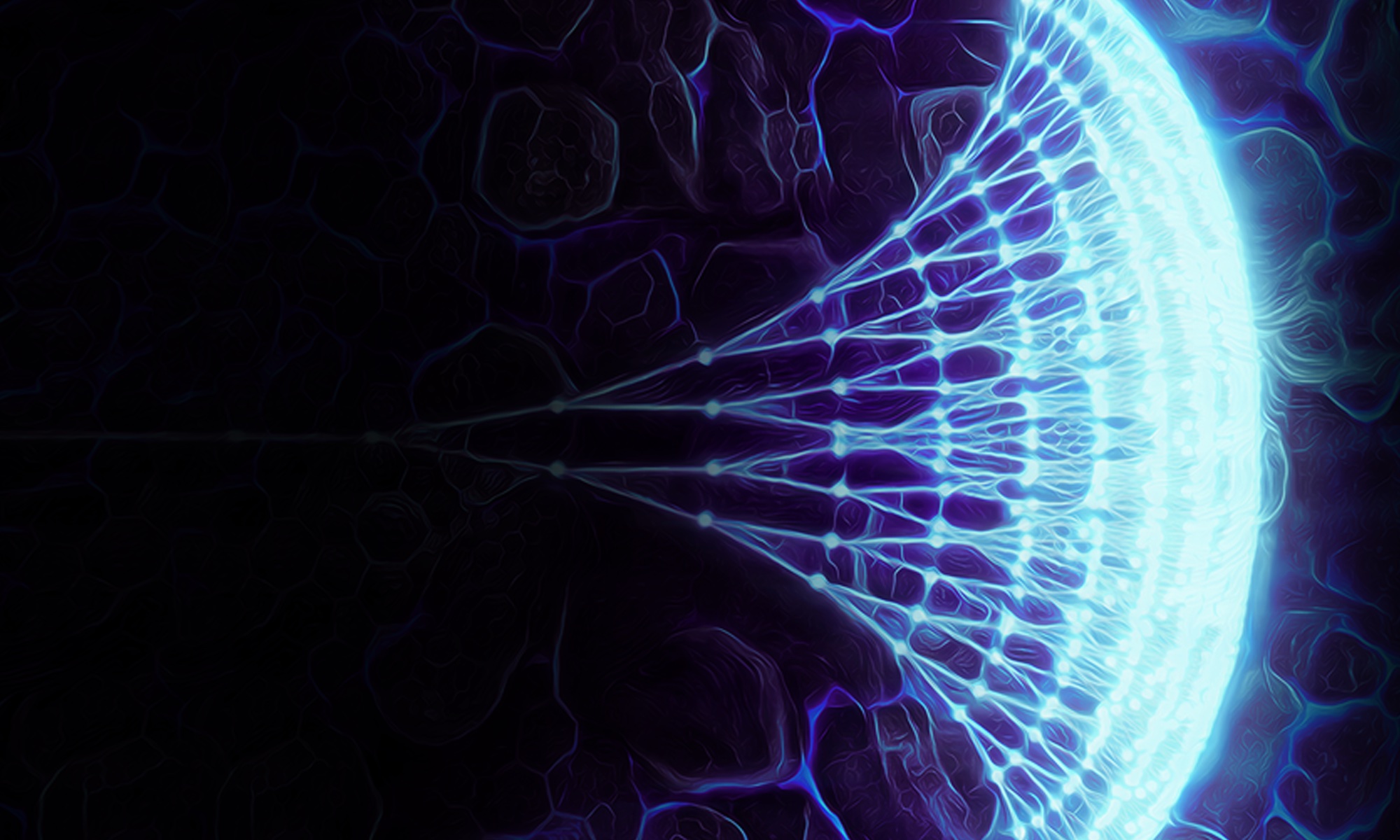All times below are in Pacific Time (GMT -7).
Thursday, August 18: Plenary Session
8:30 AM
Welcome
Cheryl Tajon, Chair of the User Executive Committee
Jeffrey Neaton, Associate Laboratory Director for the Energy Sciences Area
Kristin Persson, Director of the Molecular Foundry
9:20 AM
Keynote Address

The growing quantum ecosystem: A collective view from the trenches
Celia Merzbacher
Executive Director, QED-C
The “Quantum Era” is approaching. Decades of investment in basic research of quantum physics and in infrastructure for the measurement and control of matter at the nanoscale is being leveraged by private investments. Interest is being driven by the potential for both economic value and national security concerns fueled in part by geopolitics. “Use inspired” research is (back) in vogue and issues such as the bottlenecks in the semiconductor supply chain are motivating greater public investments in technologies that are seen as critical to the nation. Alignment of advances in science and technology as well as policy goals are converging around quantum. This talk will provide a perspective informed by engagement with all parts of the quantum ecosystem on trends and opportunities.
10:10 AM
30-minute break
10:40 AM

Amplifying the Potential of Upconverting Nanoparticles
P. Jim Schuck, Columbia University
This presentation focuses on our long-standing collaboration with the Molecular Foundry on the development of photon-upconverting nanocrystals. Leveraging the Foundry’s world-unique expertise in lanthanide-based nanomaterials synthesis, the modeling of optical properties and energy transfer, and surface functionalization has led to the brightest UCNPs in existence. I highlight our recent use and further development of these next-generation UCNPs for a wide range of applications spanning micro- and nano-lasers, superresolution imaging, ultrasensitive temperature and pressure sensing, and all-inorganic photoswitching and optical patterning.
11:05 AM
Student Research Paper Award Winner

Structure–property correlations in magnetic two-dimensional intercalation compounds
Samra Husremovic, UC Berkeley
Recently discovered two-dimensional (2D) magnetic materials1,2 are promising candidates for energy-efficient electronics because their atomically thin nature makes them highly responsive to low-energy external stimuli.3 However, realizing the promise of these materials for ultralow-power electronic devices requires a new design framework for 2D magnets in which the spin–spin interactions can be precisely tailored by modulating the spatial distribution of spin-bearing atoms/ions. Here, we present structure–property relations in 2D FexTaS2, a novel low-dimensional magnetic material, which exhibits hard ferromagnetic behavior down to the thinnest limit (Fe-intercalated bilayer TaS2), with large coercive fields up to 3 T. We systematically alter the distribution and symmetry of spin-bearing ions in 2D FexTaS2 by chemically intercalating Fe centers into few-layer TaS2, a host lattice with no long-range magnetic ordering. We examine the behavior of these 2D magnetic materials using variable-temperature quantum transport, transmission electron microscopy, Raman spectroscopy and density functional theory. These analyses shed new light on the coupled effects of intercalation amount, symmetry, order/disorder, and dimensionality on the magnetic behavior of 2D FexTaS2. More broadly, our intercalation approach to 2D magnets introduces a versatile phase space of low-dimensional magnets, in which magnetic properties can be tuned by the choice of the host material and intercalant identity/amount, in addition to the manifold degrees of freedom available to other atomically thin materials.
References:
1. Huang, B.; Clark, G.; Navarro-Moratalla, E.; Klein, D. R.; Cheng, R.; Seyler, K. L.; Zhong, D.; Schmidgall,E.; McGuire, M. A.; Cobden, D. H.; et al. Layer-Dependent Ferromagnetism in a van Der Waals Crystal down to the Monolayer Limit. Nature 2017, 546, 270–273.
2. Burch, K. S. Electric Switching of Magnetism in 2D. Nat. Nanotechnol. 2018, 13, 532.
3. Emergent Phenomena and Proximity Effects in Two-Dimensional Magnets and Heterostructures. Nat. Mater. 2020.
11:30 AM

Microbe-derived Interlayers for Aqueous Li-ion Battery Anodes
Dahyun Oh, San Jose State University
Super-concentrated electrolytes, also known as water-in-salt (WIS) aqueous electrolytes, showed an extended electrochemical stability window of 3-4 V. However, the cathodic stability limit (the onset potential of hydrogen evolution reaction) is still at a high potential, requiring a protective layer for anodes to avoid water electrolysis reaction during battery operation. Here, we present a new method to create a carbonaceous layer on battery active materials, TiO2, using microbes. We used envC deletion strains and controlled their growth condition to obtain a series of microbes with length diversity. Our study indicates that microbes with a high surface area to volume ratio are more effective in forming high-performance composites with inorganic nanoparticles than K12 strains. This study also reports the shelf life of microbes, critical information for large-scale production for the potential commercialization of this product. We found that this amorphous and defective carbonaceous layer formed by microbial residues naturally contains a high concentration of nitrogen, which plays a critical role in slowing the water diffusion through the microbial layer using DFT calculations. Our study provides a synthesis guideline for an interlayer on WIS anodes and demonstrates that microbe-derived composite fabrication can open new avenues for developing nanostructures from biomaterials.
11:55 AM
Town Hall
12:30 PM
Lunch
1:30 PM

Characterization of Oxygenate Diesel Fuels
Mel Luetkens, Sylvatex, Inc.
In the US alone, more than 1.800 billion metric tons of carbon dioxide equivalents are emitted from the transportation sector every year. Despite increasingly fuel-efficient cars and technologies, overall greenhouse gas emissions from the transportation sector have remained relatively stable since 1990. Other tailpipe emissions, such as particulate matter and NOx are also significant contributors to human health risks. Recognizing this opportunity, Sylvatex has developed a low-cost, low-carbon, high-impact, and easy-to-implement alternative diesel fuel (ADF) based on MicroX. Working with the Molecular Foundry, Sylvatex characterized and optimized stable reverse-micelle microemulsions enabling the integration of oxygenates into diesel. However, high injection pressure in diesel engines can lead to cavitation-induced erosion in injector nozzles. One important factor affecting the severity of erosion is the fuel and its properties. To assess MicroX-based ADF, Sylvatex partnered with Argonne National Laboratories under a DOE grant to provide experimental measurements of multicomponent fuels including ultra-low-sulfur diesel and two Sylvatex-based ADF compositions. X-ray imaging and computed tomography were used to investigate cavitation-induced erosion onset and progression. Hard X-ray tomography revealed erosion patterns from repeated injections and erosion progression. The critical erosion site was found to be similar across different fuel blends, while the erosion rate and incubation time were sensitive to the fuel composition. Sylvatex continues to develop blends designed to address environmental issues and engine compatibility.
1:55 PM

Exciton-Polariton Condensation from a Bound State in the Continuum
Fabrizio Riminucci, Berkeley Lab
The achievement of thresholdless lasing is a long-sought goal for many applications. Yet, the inherent working principle behind lasers hinders its realization, due to the necessity to reach population inversion. An interesting strategy to overcome this limitation is based on exciton-polaritons. Exciton-polaritons are hybrid light-matter particles that arise in semiconductors when a photon strongly interacts with an exciton. As bosonic excitations they can undergo a phase transition to a coherent state known as Bose-Einstein condensate (BEC), eliminating the requirement for population inversion. Here we show that polariton condensation can occur in a planar waveguide by exploiting the coupling to a quasi-bound state in the continuum (BIC). The combination of the ultra-long BIC lifetime, alongside the high-quality post-processed horizontal cavity, allowed us to achieve a record low threshold polariton BEC. These results may open a new route to energy-efficient polariton condensation and lasing at room temperature in cost-effective heterostructures, ultimately suited for the development of polaritonic integrated optical circuits. Moreover, bringing together bosonic condensation and symmetry-protected photonic eigenmodes could uncover new ways for imparting topological properties onto macroscopic quantum states.
2:20 PM

Measuring lattice reconstruction and strain in moiré superlattices using 4D-STEM
Madeline Van Winkle, UC Berkeley
Moiré superlattices, formed by stacking two-dimensional van der Waals layers with an interlayer rotation and/or lattice constant mismatch, have electronic band structures that are highly sensitive to structural modifications. For example, twisted bilayer graphene exhibits unconventional superconductivity and ferromagnetism at a ‘magic’ interlayer twist angle of 1.1°, associated with formation of flat electronic bands. At the same time, natural lattice deformations, strain, and disorder can also dramatically influence the behavior observed in these systems. Visualizing the structure and strain fields of moiré materials is therefore paramount to understanding and controlling their emergent electronic behavior. In this talk, I will present work on the development of a technique termed Bragg interferometry, based on four-dimensional scanning electron microscopy (4D-STEM), for directly and quantitatively mapping interlayer atomic displacements and strain fields in twisted bilayer moiré superlattices. This work sheds light on the structural changes underpinning the twist angle dependent electronic properties of moiré systems and provides a new framework for directly visualizing lattice reconstruction mechanics, disorder, and strain in a wide array of moiré materials.
2:45 PM
30-minute break
